(Prices correct as of today’s date, are updated daily, are subject to change and represent genuine availability at time of update).
This fly cruise holiday is financially protected by Worldchoice Travel Ltd (t/a The Cruise Club) under ATOL number T7495
Please click here to check the essential travel requirements before booking this cruise.
Want to add a hotel stay or change your flights?
Just call our team of cruise specialists to help build your dream cruise holiday today!
Prices based on 2 people sharing. Cruise only price does not include flights. Fly-cruise price may vary by chosen UK airport.
What's Included
- Cherry Blossom Season!
- Return flights with luggage allowance
- Three-night 4* hotel stay in Shanghai
- Suzhou Private Day Trip from Shanghai including Bullet Train
- Seven-night full-board cruise
- Internal flight with luggage allowance Shanghai to Hong Kong
- Three night 4* hotel stay in Hong Kong
Itinerary
Fly from the UK overnight to Shanghai
Check into your hotel
Suzhou Private Day Trip from Shanghai with Bullet Train
Explore Shanghai at your leisure
Baoshan Pt
Check out of your hotel and board Spectrum of the Seas
At Sea
Osaka
Osaka
Osaka
Yokohama
At Sea
At Sea
Disembark Spectrum of the Seas for your flight to Hong Kong
Baoshan Pt
Explore Hong Kong at your leisure
Explore Hong Kong at your leisure
Check out of your hotel for your flight to the UK
Arrive in the UK
Whats Included with Royal Caribbean International
One of the main benefits of a cruise holiday is not having to worry about all the finer details - everything is taken care of in advance, so your only job is to relax and enjoy the experience!
Accommodation, food, soft drinks and refreshments are all included and enjoy speciality restaurants at a supplementary cost. You can also sit back and relax by enjoying on-board entertainment, activities and facilities. Fancy a late night dip in the pool, a spin on the roulette wheel or an evening out at the ship’s theatre? You’ll be spoilt for choice!
There are plenty of family-friendly options on board many Royal Caribbean cruise ships, too. A host of enjoyable youth programmes ensure your whole family will have a fantastic time while sailing to your exciting destination.
Accommodation
Breakfast, lunch, dinner and snacks in a choice of included dining venues
Entertainment throughout the day and evening
Use of swimming pools, hot tubs, fitness centre and leisure facilities where available
Return flights included from a choice of UK airports (fly cruise bookings only)
Port taxes
Selected hot drinks, iced tea, lemonade, juices, and water in selected venues
Porterage of luggage from port to cabin
Youth programmes for babies to 17-year-olds
Sailaway parties, themed nights and deck parties
Shuttle service to and from ports and airport where available
Everything you need right at your fingertips! Includes accommodation, meals, entertainment and onboard activities. Plus, drinks such as water, squash, tea and coffee are also free of charge.
Explore Spectrum of the Seas















Main Dining Room
GOURMET COURSES
In the Main Dining Room, you can experience flavors that take you from Jamaica to Jaipur, a rotating menu of delicious dishes always offering something unexpected. A multi-level restaurant that in the morning is the perfect spot to enjoy a hearty brunch paired with refreshing mimosas, at dinnertime transforms into a world class dining experience with a menu that invites you to taste your way around the world course by course.
ATTIRE
Smart Casual
MENU HIGHLIGHTS
Many of the dishes on the Main Dining Room’s menu rotate each night, which means you could go an entire week without ever repeating a course. Every meal here begins with something delicious from the starters section of the menu — like savory duck terrine layered with apricot chutney on toasted sourdough bread, a flaky Vidalia onion tart baked with whipped eggs, cream, and smoked bacon, or spiced eggplant and Kalamata olive tartare prepared with red pepper hummus and served on crispy garlic bread. Then, choose from international entrees like Moroccan spiced ahi tuna served over mint couscous, sautéed spinach and tequila peppers with a cool yogurt vinaigrette. Or mojo-marinated bone-in pork loin paired with sweet potatoes, broccoli and a cumin-citrus reduction. Dessert is also worth getting excited about, with options like sweet cream-soaked tres leches, home-style carrot cake with cream cheese frosting, and a light and fluffy Grand Marnier soufflé.
NOTE
Food offerings may differ by ship and sailing.






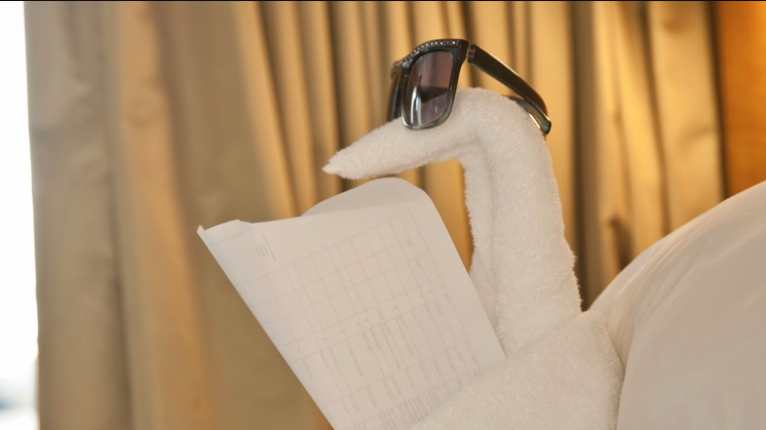


Shore Excursions & Guided Tours
Whether you dream of trailblazing through the Alaskan tundra, learning how to whip up traditional Mediterranean dishes on the Greek isles, or sampling rum at centuries-old distilleries in the Caribbean, you’ll find the world is brimming with full day adventures — and nobody takes you deeper than Shore Excursions. Explore every shore your way with excursions and guided shore trips designed to thrill all kinds of traveler, from couples craving a little extra romance to families looking to bond over bucket list moments. No matter what kind of vacation experience you’re after, you’ll find new and exciting ways to make memories on your next getaway with a Shore Excursion. Unleash your inner explorer and discover bold new ways to connect with the people, culture and places around you as you cruise from one unforgettable port of call to another.

























Flowrider
NOW BOARDING FOR ADVENTURE
Grab your board and get ready for 30,000 gallons of rushing awesome headed your way. The surf’s always up on the 40-foot-long FlowRider® surf simulator.
RESTRICTIONS
Boogie board height requirement: 52 inches, stand up 58 inches
HOW TO RESERVE
Cruise Planner
PRIVATE SESSIONS
3 prices for sessions: $69, $345, $552
CAUTION
Riding on the Flowrider® is an extreme sport and high-risk recreational activity. Sheet wave surfing on the Flowrider may result in physical or mental injury, including but not limited to serious injury to the head, neck, back, hips, arms, and legs, as well as the possibility of illness, disease, paralysis or death.




Solarium
SUN AND SERENITY
Slip away to this adults-only indoor and outdoor retreat. The Solarium is your slice of paradise, with soothing whirlpools, warm sunshine and a refreshing water mist.
RESTRICTIONS
18+ years old
DISCLAIMER
Images might not be accurate depictions of venue. Venue appearance varies by ship.








Splashaway Bay℠
FUN BY THE GALLON
The fun comes in gallons. This bigger, better kids aqua park features slides, water cannons, waterfalls and more. And when the drench bucket gets full, everyone gets wet.
RESTRICTIONS
Potty Trained is required. Children can not be wearing a diaper.
To enter the slide: Maximum weight is 300 lbs. and minimum height is 42”.
NOTE
Swim wear is required
Deck 16

- The Balcony
- Gold Dining & Lounge
- Elevator
- North Star
- Sun Deck
- Table Tennis
- Ripcord by iFly
- Flowrider
- Sky Junior Suite
- Owner's Suite
Deck 15

- The Boutique
- Elevator
- North Star Bar
- North Star
- Running Track
- Fuel Teen Disco
- Challenger's Arcade
- Seaplex
- Seaplex Doghouse
- Rock Climbing Wall
- Access to Ripcord by iFly
- Sky Pad
- Grand Loft Suite
- Ultimate Family Suite
- Sky Junior Suite
- Owner's Suite
Deck 14

- Solarium
- Bar
- Silver Dining
- Elevator
- Silver Lounge
- Padi
- Whirlpool
- Pool
- Pool Bar
- Sky Bar
- Splashaway Bay
- Splashaway Cafe
- Teppanyaki
- Sorrento's
- Noodle Bar
- Windjammer
- The Hotpot
Deck 13

- Whirlpool
- Solarium
- Elevators
- Grand Suite - 1 Bedroom
- Sky Balcony
- Junior Suite
- Ocean View with Large Balcony
- Ocean View Balcony
- Obstructed Ocean View Balcony
- Interior Staterooms
- Studio Interior Staterooms
Deck 12

- Adventure Ocean
- Elevators
- Junior Suite
- Ocean View with Large Balcony
- Ocean View Balcony
- Obstructed Ocean View Balcony
- Interior Staterooms
- Studio Interior Staterooms
Deck 11

- Adventure Ocean
- Elevators
- Junior Suite
- Connecting Oceanview Balcony
- Ocean View with Large Balcony
- Ocean View Balcony
- Obstructed Ocean View Balcony
- Spacious Ocean View
- Connecting Interior Staterooms
- Interior Staterooms (Accessible available)
- Studio Interior Staterooms
Deck 10

- Elevators
- Junior Suite
- Connecting Oceanview Balcony
- Ocean View with Large Balcony
- Ocean View Balcony
- Obstructed Ocean View Balcony
Deck 9

- Elevators
- Junior Suite
- Connecting Oceanview Balcony
- Ocean View with Large Balcony
- Ocean View Balcony (Accessible available)
- Obstructed Ocean View Balcony
- Spacious Ocean View Staterooms
- Ocean View Staterooms
- Interior with Virtual Balcony
- Interior Staterooms (Accessible available)
- Connecting Interior Staterooms
Deck 8

- Elevators
- Junior Suite (Accessible available)
- Ocean View with Large Balcony
- Ocean View Balcony (Accessible available)
- Obstructed Ocean View Balcony
- Spacious Ocean View Staterooms
- Ocean View Staterooms
- Connecting Interior Staterooms
- Interior Staterooms (Accessible available)
- Studio Interior Staterooms
Deck 7

- Elevators
- Junior Suite
- Connecting Oceanview Balcony
- Ocean View with Large Balcony
- Studio Ocean View Balcony
- Ocean View Balcony (Accessible available)
- Obstructed Ocean View Balcony
- Connecting Interior Staterooms
- Interior Staterooms
- Studio Interior Staterooms
Deck 6

- Elevators
- Junior Suite
- Studio Ocean View Balcony
- Ocean View Balcony
- Obstructed Ocean View Balcony
- Studio Interior Staterooms
Deck 5

- The Royal Theatre
- Focus Photo Gallery
- Elevators
- Chops Grille
- Schooner Bar
- Royal Esplanade
- Izumi
- Chef Table
- Bionic Bar
- Wonderland
- Shore Excursions
- Jamie's Italian
- Vintages
- The Via
- Next Cruise
- Cafe @ Two70°
- Two70°
Deck 4

- Elevators
- The Royal Theatre
- Golden Room
- J. Clinic
- VIP Casino
- Royal Esplanade
- Tea & Coffee Shop
- Sichuan Red
- La Patisserie
- Star Moment
- Guest Services
- Dining Room
Deck 3

- The Royal Theatre
- Casino Royale
- Dining Room
- Music Hall
- Elevators
- Ocean View Staterooms (Accessible available)
- Interior Staterooms
Spectrum of the Seas Cabins & Suites




Connecting Interior




Spacious Ocean View






Ocean View with Large Balcony







Ultimate Family Suite
Meet Our Cruise Experts
Our team of cruise experts have experienced all of our cruise lines first-hand, so they are ready to share their experiences and advice to ensure you choose the right cruise line, ship and destination to ensure you have the perfect holiday! Friendly, knowledgeable and reliable, you can count on each of our cruise experts to deliver helpful tips, advice and recommendations you won’t find anywhere else.


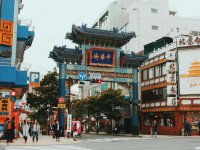

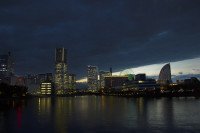
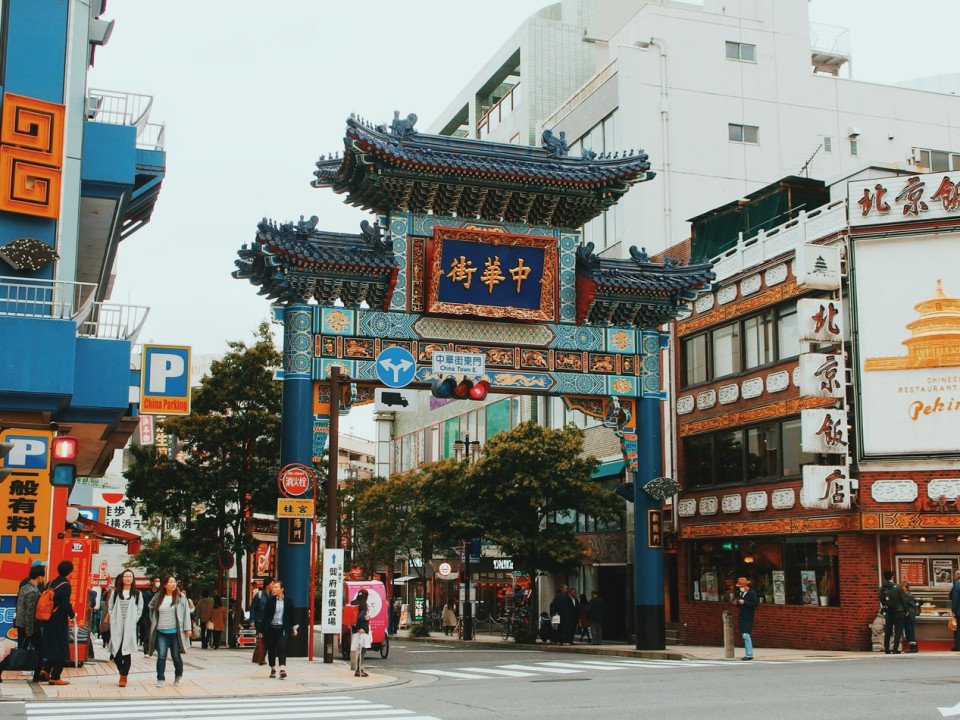
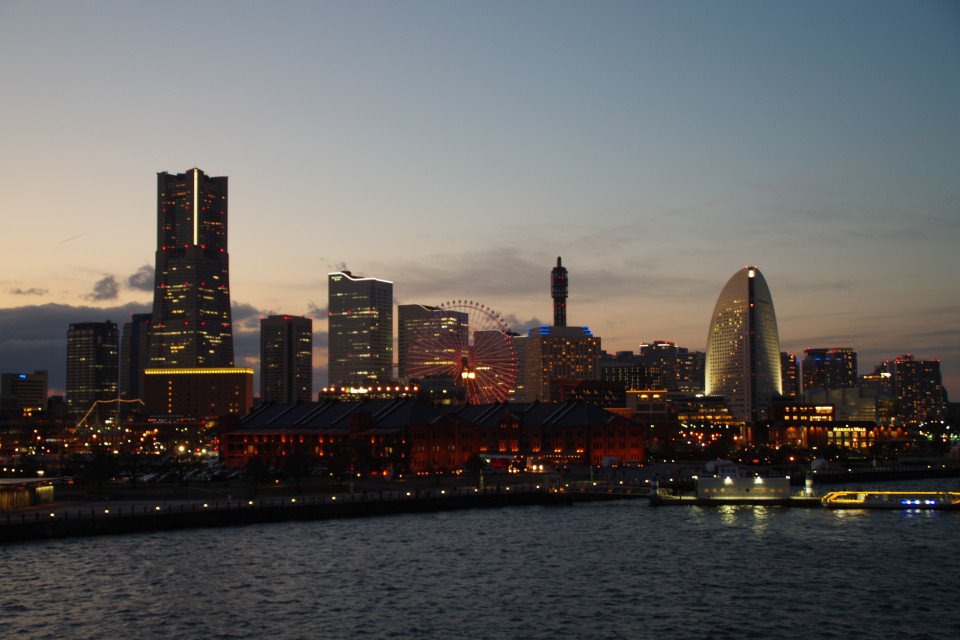
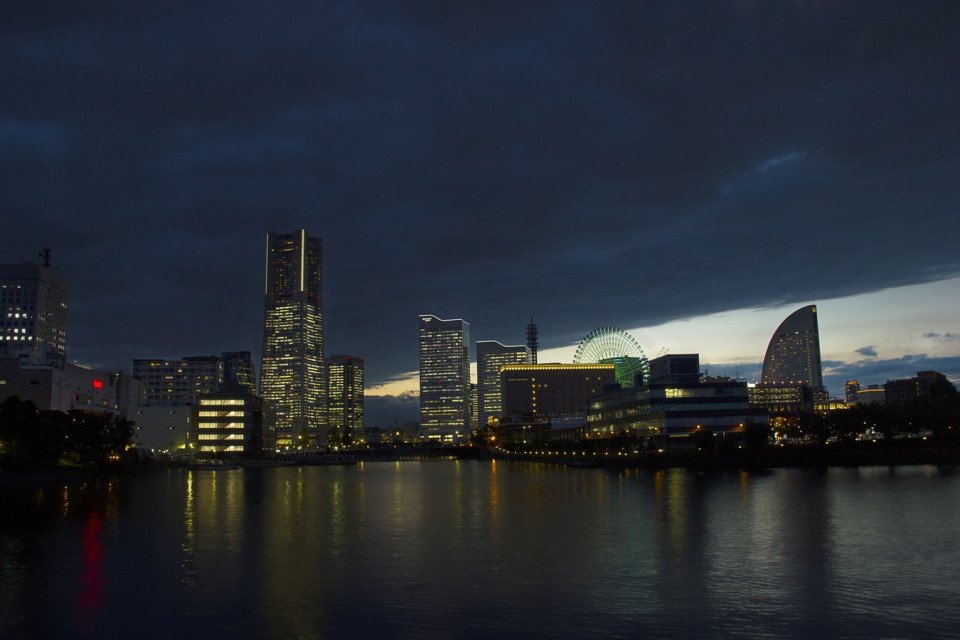





-large_thumb.jpg)






